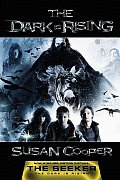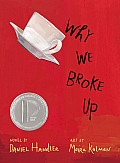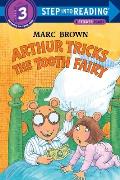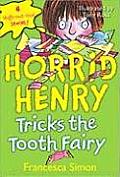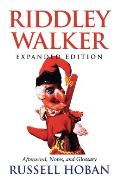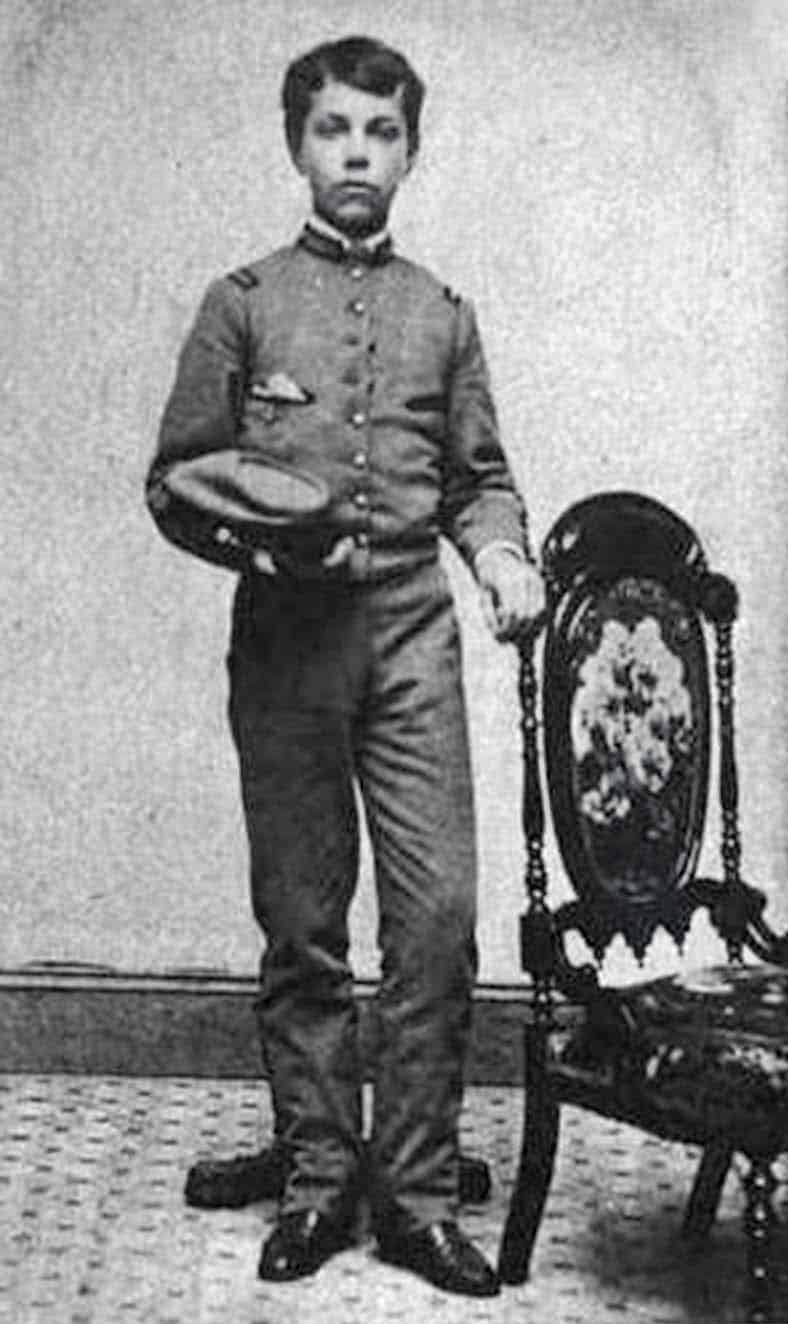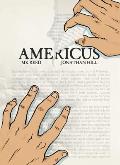The End of Lord Peter Wimsey
The first, titled Thrones, Dominations, grew out of notes that Sayers left behind, and her name appears on the cover before Walsh’s. For the second, A Presumption of Death, Walsh had only some fictional letters that Sayers had published as propaganda during the Battle of Britain, showing how her characters were coping with the Blitz. On that book, Walsh’s name came first.
For the third, The Attenbury Emeralds, Walsh had no unpublished Sayers material to draw from, simply allusions and remarks. She is sole author.
The Attenbury Emeralds tries to bookend Lord Peter’s career. The first half recounts a couple of his earliest cases as a detective, with Lord Peter and Bunter recounting the events at great length to Harriet. The narrative thus takes the form of a three-way conversation, interrupted by family business and daily life. It’s an awkward read, though more believable than those Conrad novels in which a narrator supposedly speaks for hours on end.
Naturally, this early case comes back in the book’s second half. That mystery involves a murderer who’s mad (mad, I say!), so I found that plot less than fully satisfying. On the other hand, the mystery of Thrones, Dominations depended on details of the proper dress for royal mourning after the death of George V, so it wasn’t good for the fashion-blind.
I found A Presumption of Death to be the most satisfying of this trilogy, with its interesting wartime setting and good roles for children. It has much the same feel as Sayers’s short story “Talboys,” her only glimpse of Peter and Harriet as parents. There are priceless moments with Harriet and Bunter.
What was truly satisfying, however, was how Walsh drew the whole Lord Peter saga to a close. Sayers left his nephew the Viscount St. George in the RAF during the Battle of Britain, and acknowledged that the young man probably didn’t survive the war.
I remember reading that factoid in a book about the series back around 1980, and realizing that would make Lord Peter heir apparent to his older brother, the Duke of Denver. The duchess was clearly past the age to have another child, even if she and her husband still got along, so the only way that succession would change is if she died, Denver remarried, and the new wife quickly had a male child. Which was, I suppose, what Peter would hope for.
The Attenbury Emeralds explores that situation. It’s set in 1951 as new tax rates and social rules are spreading peers’ inheritances and privileges more widely around the English nation. Peter and Harriet’s boys are at Eton and other public schools, as is Bunter’s son, clearly on the rise. And by the end of the book, Lord Peter is no more.
Which is not to say he’s dead. If in future he does any more mystery-solving, perhaps under another author’s pen, he’ll do it under a different name.

